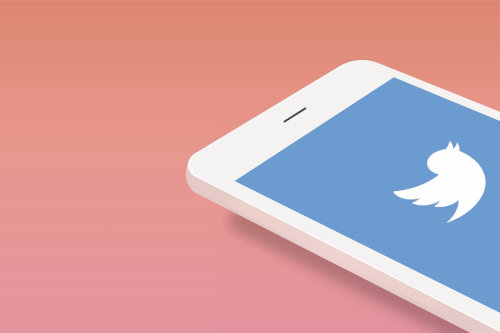Twitter is being used by businesses to promote themselves, and it works no matter how big or small that business may be. The platform provides valuable customer insights. By looking into trending topics and conversations, businesses can easily gain knowledge of what their market wants and cares about.

Chiming into conversations where they are mentioned gives their brand visibility and a human touch. With a savvy and 180-character limit in each tweet, businesses get to build a strong brand community by replying to certain posts and providing customer support.
There’s a misconception that some brands and industries won’t be able to build brand awareness and benefit from Twitter—but this couldn’t be further from the truth. For example, a group of personal injury attorneys known as The Barnes Firm uses Twitter to share legal advice, spotlight employees, and highlight current trends in the legal industry. No matter what type of brand you run, your business can leverage Twitter. With that in mind, here are ten effective best Twitter practices to keep in mind:
1. Create original and catchy content
Make your brand stand out no matter how similar your product or service may be. Post with the same look and voice to make your brand identifiable and memorable.
2. Give your brand a voice and maintain it
Your voice needs to be human to build a brand that connects to your audience. Listen to what the market wants and use your voice to let them know you’re listening.
To do this, use a social listening tool to track any mentions of your brand or your competitor’s brand, or conversations going around in your industry. Digging into key words and brand names with this tool will help you get information on what’s being discussed about your brand, your competitor’s and consumers’ praises and complaints.
3. Engage and connect
To keep a brand or trending topic alive, engagement is the top solution in a platform that was built for creating bonds and starting conversations.
Twitter has features that lets you connect more with your followers. You can start polls about your products and services. You can also reply to mentions and make sure it’s meaningful interaction. It means a lot to your audience when you make them feel seen and heard.
4. Be on the lookout for what’s trending
Twitter has a trends section where you will find topics that may be relevant to your brand. Rivaliq suggests fusing trends with your brand occasionally as it improves engagement. Not every trend will be suitable, and that’s why it’s important to look for the ones that will perfectly fuse with your brand.
5. Use best performing hashtags
Studies say it’s best to use only four hashtags on every post. Search for trending hashtags and ones that have been used greatly throughout the platform. Check how their engagement is doing from how many tweets there are about the topic, how soon another comment adds up, and how many retweets, for example, in an hour.

6. Keep your posts brief and concise
According to studies, tweets with between 71 and 100 characters give better results than longer tweets. Shorter tweets get more retweets, more impressions, and more taps.
7. Make tweets from your blog content
Your blog is a goldmine, and it needs to be, so you can use relevant parts of it to post on Twitter. It saves you time, so you don’t have to create new content for every post.
8. Include calls-to-action
Posts perform better with a clear direction in a compact message of the above mentioned and highly recommended 71 to 100 characters. Write the necessary information in the first sentence and a good call-to-action in the last. Your CTA could be something like “Click here…” or “Watch the full video here…”
9. Optimize your content
According to Sprout Social, you must be visible from your Twitter handle to your bio. Your bio’s content must indicate what you do, and it should contain your brand or industry hashtag. In your feed, you need to have a pinned tweet that contains your latest or most important link to your product or service. Finally, you have to be visible SEO-wise and exist on other platforms with the same keywords and username or handle.
10. Know the best times to tweet
Catch your audience when they’re online or actively engaging on a trend that’s relevant to your brand or business. Knowing these exact times lets you plan posts with the help of Twitter Analytics and other social media planners.
Twitter continues to evolve into a better and bigger platform as it competes to provide better service to its users. Twitter is always coming up with new ways to get audiences engaged and to compete with other platforms. Fleets, Spaces, and Tip Jar are features you don’t want to miss when you want to make the most out of this platform. With more features and services, it could be one of the best platforms that can help your brand flourish.


